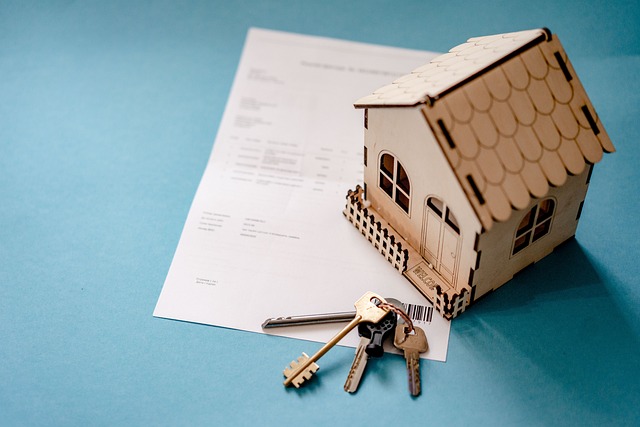Loan defaults in real estate pose significant risks, impacting market stability, property values, and investor confidence. Lenders mitigate these risks through robust credit evaluations and utilize security interests and collateral to protect their investments. Insurance, such as hazard and title insurance, is crucial for safeguarding lenders against losses, ensuring a secure claim on the property in case of borrower default.
In the dynamic realm of real estate, understanding borrower defaults and their impact on lenders is paramount. When a borrower fails to repay a loan, the consequences can be significant for both parties. This article delves into the mechanisms designed to protect lenders, focusing on security interests and collateral, which serve as crucial safeguards. Additionally, we explore the role of insurance in mitigating risks associated with real estate transactions, ensuring a more secure lending environment.
Understanding Default and its Impact on Lenders in Real Estate

When a borrower fails to repay their loan as agreed upon in a real estate transaction, it’s known as default. In the dynamic landscape of real estate, understanding the consequences of this event is paramount for lenders. Default can significantly impair a lender’s financial health, especially when collateralized by valuable properties. If a borrower defaults on their mortgage, the lender has several recourse options, including seizing and selling the property to recover the outstanding debt.
The impact of default extends beyond monetary losses. It disrupts the stability of real estate markets as it can lead to a decrease in property values and reduce investor confidence. Lenders must carefully assess risk and implement robust credit evaluation processes to mitigate potential losses from defaults. Protecting against these scenarios is crucial, especially in a volatile economic environment, ensuring that both borrowers and lenders are on solid financial ground.
Mechanisms to Protect Lenders: Security Interests and Collateral

When it comes to protecting lenders in the event of borrower default, security interests and collateral are key mechanisms employed in the real estate sector. These tools provide lenders with a measure of assurance, ensuring they have recourse to recover their funds if the borrower fails to meet their obligations.
Security interests give lenders a legal claim over specific assets owned by the borrower, allowing them to take possession and sell these assets to offset the loan balance. In real estate, this often translates to a lender’s interest in the property itself, known as a mortgage. The collateral, typically the property, acts as a form of insurance for the lender, providing a means to recover their investment should the borrower default.
The Role of Insurance: Protecting Lenders from Borrower Defaults in Real Estate Transactions

In the realm of real estate transactions, insurance plays a pivotal role in safeguarding lenders from potential losses due to borrower defaults. When an individual or entity takes out a loan to purchase property, the lender assumes a degree of risk that the borrower may fail to repay the debt as agreed upon. To mitigate this risk, lenders often require borrowers to obtain and maintain appropriate insurance coverage, such as hazard insurance or title insurance.
These types of insurance policies act as a shield for lenders, ensuring that even if the borrower defaults, the lender’s investment is protected. For instance, hazard insurance covers the property against damage or destruction from events like fire, flood, or natural disasters, safeguarding the lender’s interest in the event the property becomes uninhabitable or loses value due to unforeseen circumstances. Similarly, title insurance protects lenders against potential losses arising from defects in the borrower’s title or claims by third parties, providing a safety net that ensures the lender’s claim on the property remains secure.






